Machine Learning, Deep Learning, and Neural Networks:
What’s the Difference?
Machine learning, Neural networks, and Deep learning are related concepts that are often used interchangeably, but they have distinct meanings.
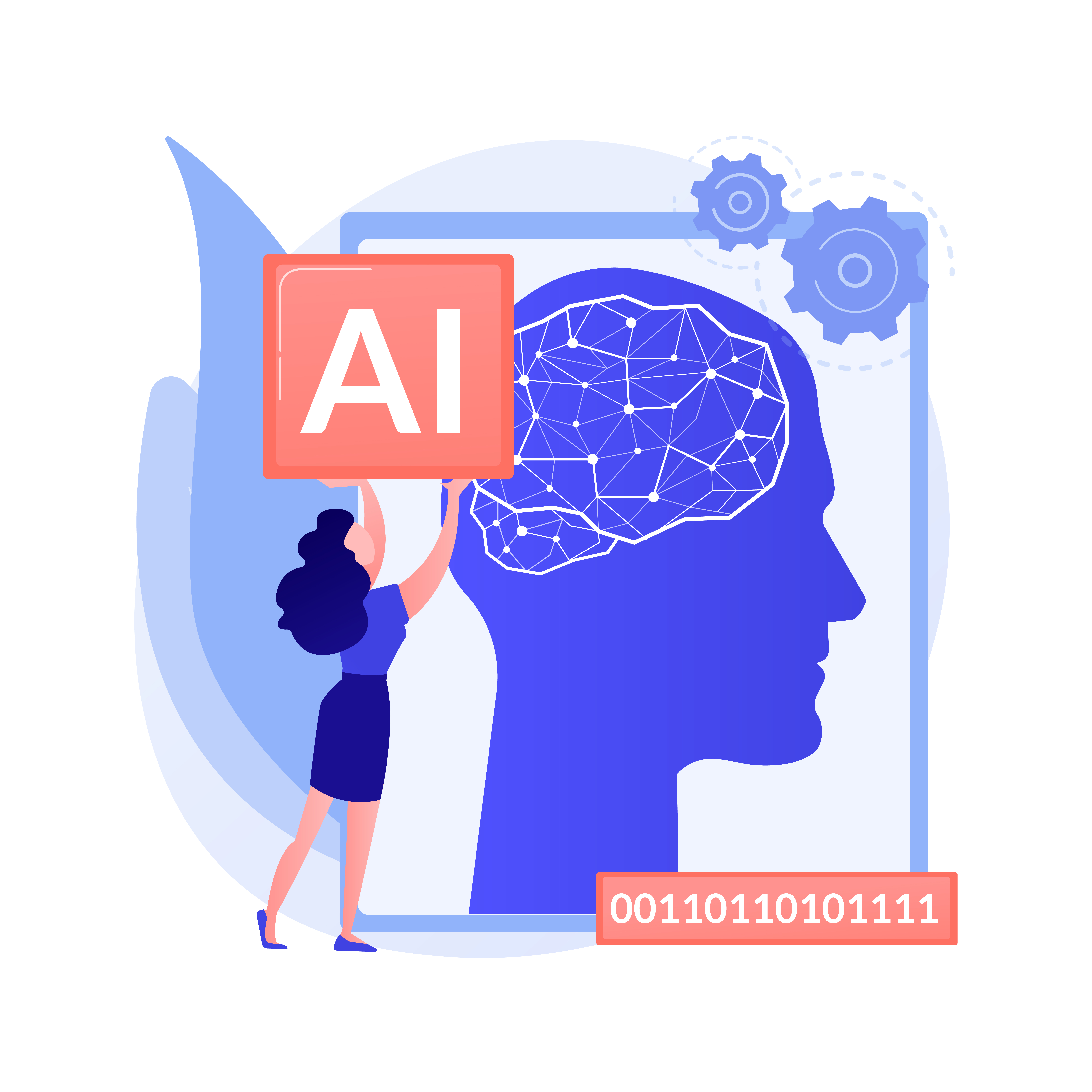
Machine learning
Machine learning is a subset of artificial intelligence (AI) that entails teaching algorithms to learn from data and make predictions or judgments without explicit programming. Traditional programming gives a computer a set of rules to follow, whereas machine learning gives the computer data and requires it to work out the rules on its own.
Machine learning is separated into three major categories:
- Supervised Learning: The algorithm is trained on labeled data, and the right output is already known. The objective is to learn a mapping between inputs and outcomes.
- Unsupervised Learning: The algorithm is trained on unlabeled data with the purpose of identifying patterns or structures.
- Reinforcement Learning: The algorithm learns through interaction with the environment and feedback in the form of rewards or penalties.
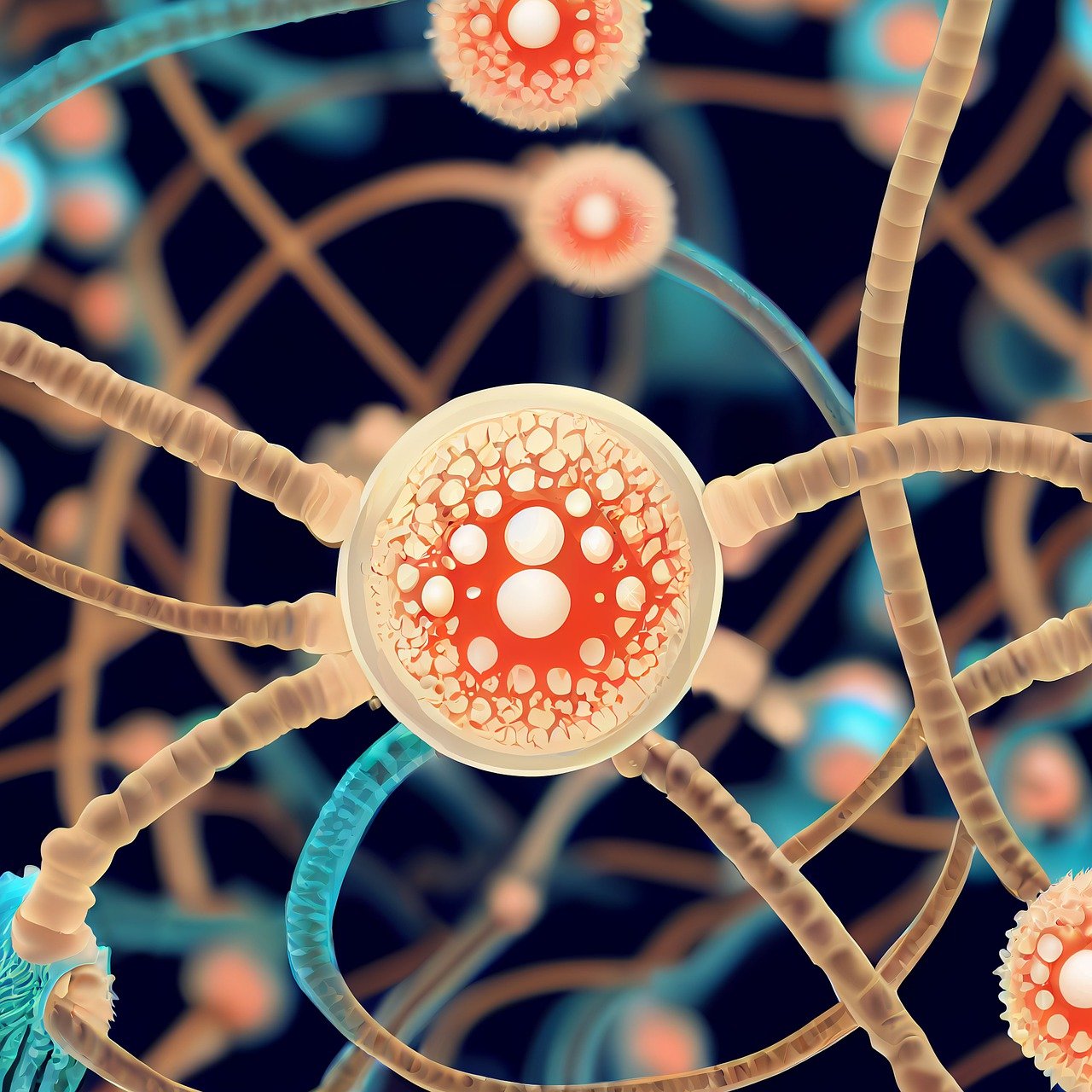
Deep learning
Deep learning is a subset of machine learning that makes use of neural networks with several layers. These networks are considered “deep” because they contain several layers and can learn complicated patterns in data.
Deep learning models are taught using massive volumes of data and high-performance computers. They’ve achieved cutting-edge performance in a variety of areas, including:
- Computer vision encompasses image identification, object detection, segmentation, and creation.
- Natural language processing includes text categorization, sentiment analysis, translation, and text synthesis.
- Speech recognition includes speech-to-text and voice recognition.
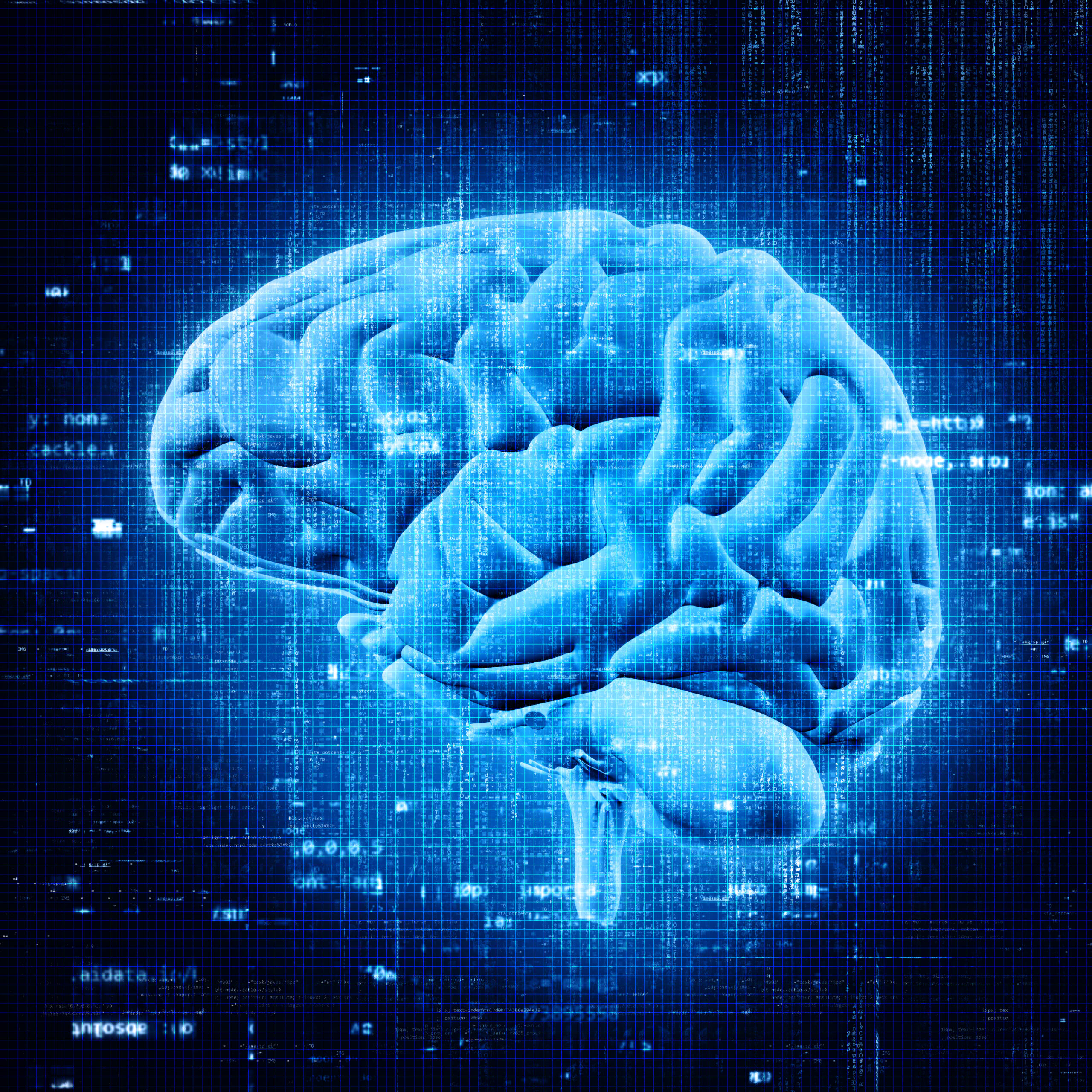
Neural network
A neural network is a machine learning model based on the structure and function of the human brain. It is made up of layers of linked nodes called “neurons” that process and send information.
Neural networks may be applied to both supervised and unsupervised learning activities. They are especially well-suited to jobs that require complicated patterns or connections in data, such as picture or speech recognition.
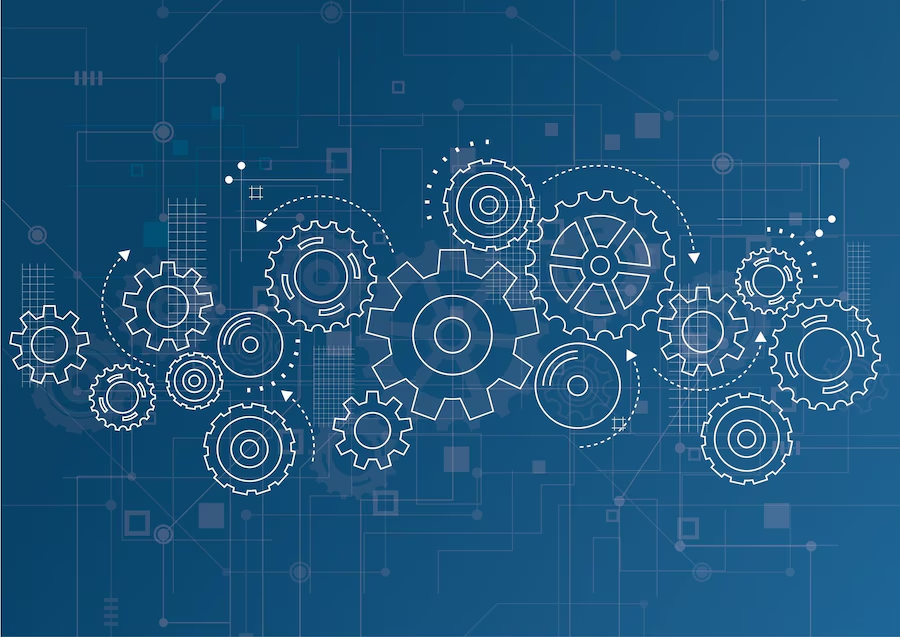
Key Differences
Here are the major distinctions between machine learning, deep learning, and neural networks:
Machine learning: is a vast area that includes a variety of approaches, such as neural networks and deep learning.
Neural Networks: A machine learning model inspired by the human brain.
Deep Learning: is a subset of machine learning that makes use of neural networks with several layers.
Example Use Cases:
Here are some sample applications for each concept:
Machine Learning: Predicting client attrition using demographic and behavioral data.
Personalized product recommendations based on user behavior and preferences.
Neural networks: are used for image identification in self-driving automobiles.
Speech recognition for virtual assistants.
Deep Learning: for Image Generation in Art and Design.
Language translation for chatbots and virtual assistants.
Finally, machine learning, deep learning, and neural networks are all related but not the same. Machine learning is a vast area that includes a variety of approaches such as neural networks and deep learning. Neural networks are a sort of machine learning model inspired by the human brain, whereas deep learning is a subtype of machine learning that employs multiple-layer neural networks.
For more articles:
